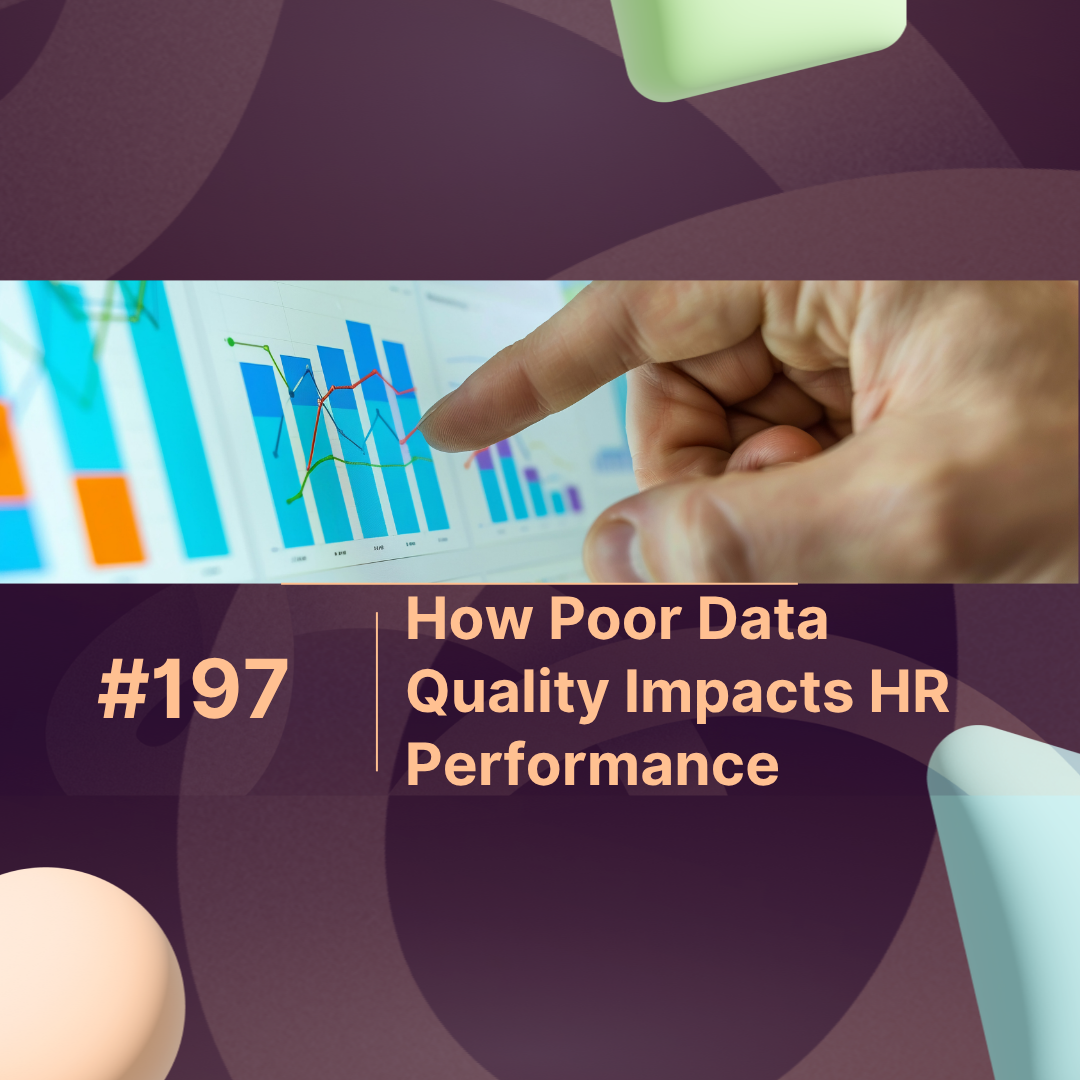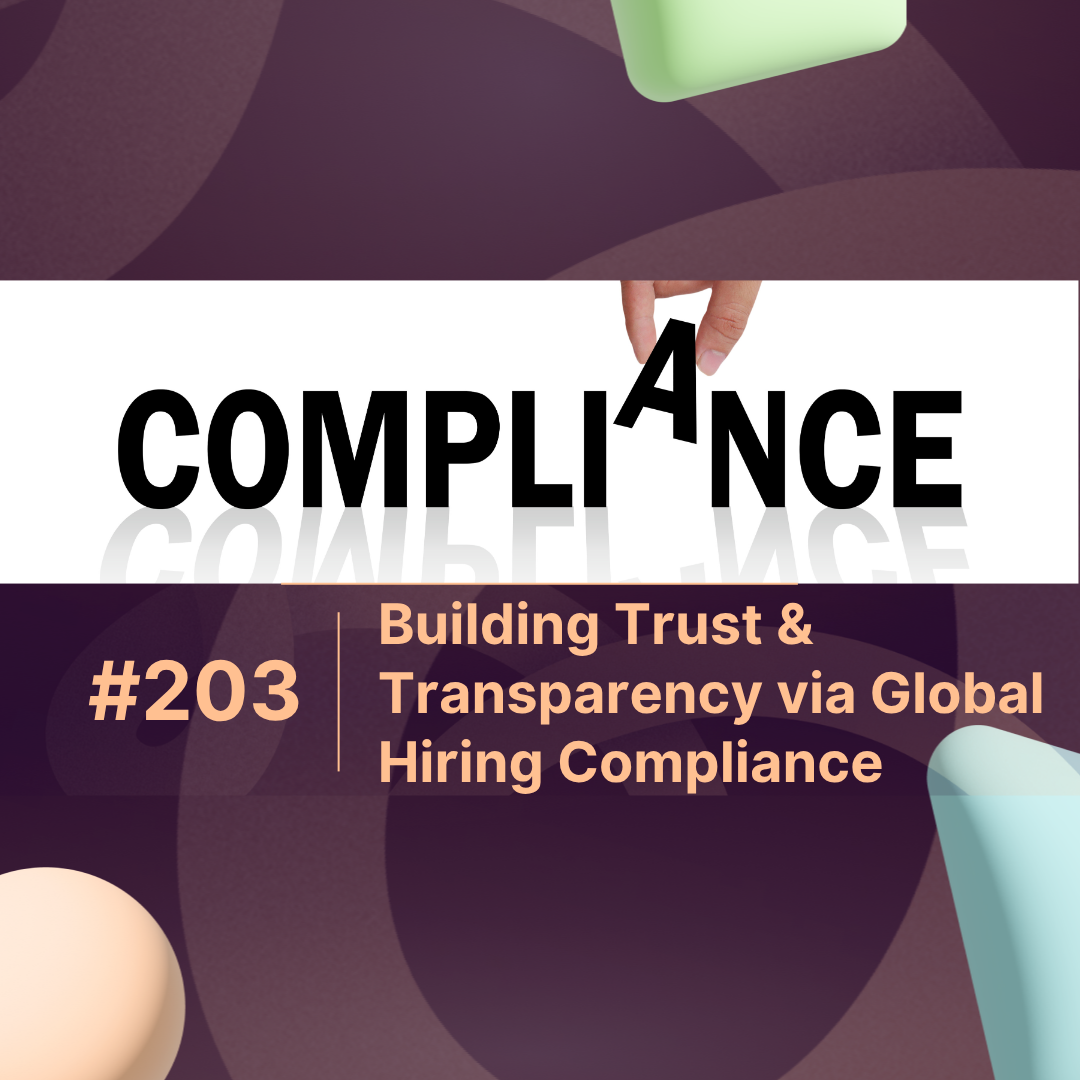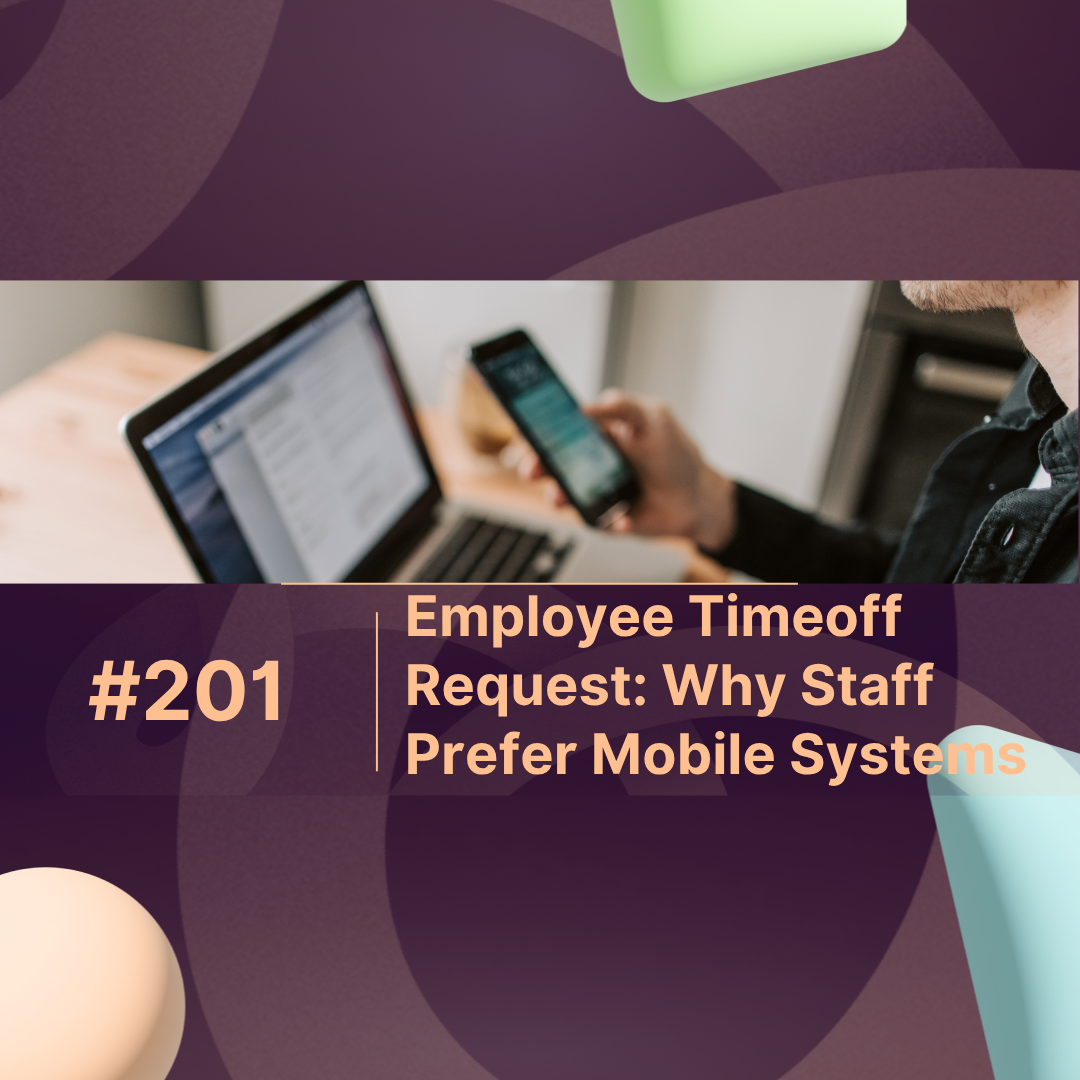Overview
In today’s data-driven HR world, decisions are only as good as the data behind them. Poor data quality silently sabotages productivity, analytics accuracy, and employee experience. For MaxHR and every forward-thinking HR team, ensuring clean, consistent, and complete data isn’t just a technical task it’s a strategic advantage.
What Is Poor Data Quality in HR?
Poor data quality refers to inaccurate, incomplete, or inconsistent information in HR systems from employee demographics to performance metrics. It often stems from manual entry errors, disconnected systems, outdated databases, or lack of data governance.
Common Causes:
-
Duplicate or missing employee records
-
Misaligned data across HRIS, payroll, and recruitment systems
-
Inconsistent data entry formats (e.g., date or name styles)
-
Outdated or unverified employee details
How Poor Data Quality Impacts HR Performance
1. Decision-Making Errors
HR leaders depend on analytics for workforce planning, turnover prediction, and performance management. If the underlying data is flawed, those insights lead to costly misjudgments such as hiring in the wrong departments or underestimating attrition risks.
2. Productivity Loss
According to Gartner, employees spend up to 20% of their time correcting data errors. For HR teams using tools like MaxHR, every mismatched record or missing field adds hours of manual cleanup time that should be spent on strategy, not spreadsheets.
3. Compliance and Legal Risks
Poor data quality can trigger compliance breaches in areas like payroll, diversity reporting, or GDPR. A single incorrect birthdate or missing contract detail can lead to costly fines and reputational damage.
4. Employee Experience Decline
Imagine receiving the wrong pay or missing a promotion because of outdated performance data. Errors like these erode trust and engagement — critical metrics for any HR department’s success.
The Hidden Cost of Poor Data Quality
| HR Function | Impact of Poor Data Quality | Estimated Loss (Per Year)* |
|---|---|---|
| Payroll Processing | Overpayments & corrections | $50,000 – $150,000 |
| Recruitment | Wrong candidate insights | $30,000+ |
| Performance Reviews | Inaccurate scoring & bias | Productivity down 10–15% |
| Compliance | Audit failures & penalties | Up to $250,000 |
| Reporting & Analytics | Incorrect dashboards | Strategic misalignment |
Estimates based on mid-sized organizations (Source: Deloitte HR Data Report 2025)
The Role of Analytics in Fixing Poor Data Quality
Modern HR analytics especially platforms like MaxHR Insights can help detect and fix poor data quality in real time. Here’s how analytics transforms HR accuracy:
Data Cleansing & Validation
Analytics tools can automatically flag anomalies (e.g., duplicate entries, outliers in salary or tenure) and suggest corrections.
Cross-System Integration
By syncing data across recruitment, payroll, and learning systems, analytics ensures a single source of truth for every employee record.
Predictive Accuracy
Clean data enhances predictive models for retention, performance, and engagement turning analytics into a genuine decision-support system.
Compliance Confidence
Dashboards powered by accurate data simplify compliance tracking, ensuring reports are reliable, timely, and audit-ready.
How MaxHR Tackles Poor Data Quality
At MaxHR, we’ve built intelligent data validation and integration layers that automatically:
-
Detect inconsistencies in HRMS and payroll systems
-
Flag incomplete employee profiles
-
Offer real-time data quality scores
-
Generate actionable insights to improve HR analytics accuracy
Result? Clients report up to 40% improvement in data accuracy and a 25% boost in reporting efficiency within three months of implementation.
Best Practices to Prevent Poor Data Quality in HR
-
Establish Data Ownership: Assign data stewards responsible for each HR dataset.
-
Automate Data Entry: Use integrations and API connections to minimize manual inputs.
-
Set Standardized Formats: Enforce naming and date conventions.
-
Run Quarterly Audits: Schedule routine reviews for anomalies or outdated information.
-
Train HR Teams: Build data literacy your people are the first line of defense against bad data.
Conclusion
In HR, poor data quality isn’t just a technical glitch it’s a performance killer. It erodes trust, inflates costs, and weakens strategic agility. But with data-driven analytics and systems like MaxHR, organizations can clean, unify, and leverage their data for smarter decisions and happier employees.
The quality of your HR outcomes depends on the quality of your data. Start improving your data hygiene today your people, performance, and profits depend on it.
FAQs on Poor Data Quality in HR
1. What are the main types of poor data quality issues in HR?
They include missing values, duplicates, inconsistent formats, outdated records, and unverified entries across HR systems.
2. How does poor data quality affect HR analytics?
It reduces the accuracy of dashboards, skews performance insights, and leads to flawed strategic decisions.
3. How can HR teams detect poor data quality early?
By using automated data validation tools or HR analytics software that flags inconsistencies in real time.
4. Can poor data quality impact employee trust?
Absolutely. Inaccurate payroll, incorrect performance reviews, or misrecorded achievements can lower morale and retention.
5. What’s the first step HR should take to fix poor data quality?
Conduct a data quality audit, prioritize critical errors, and implement a data governance policy supported by analytics tools like MaxHR.



